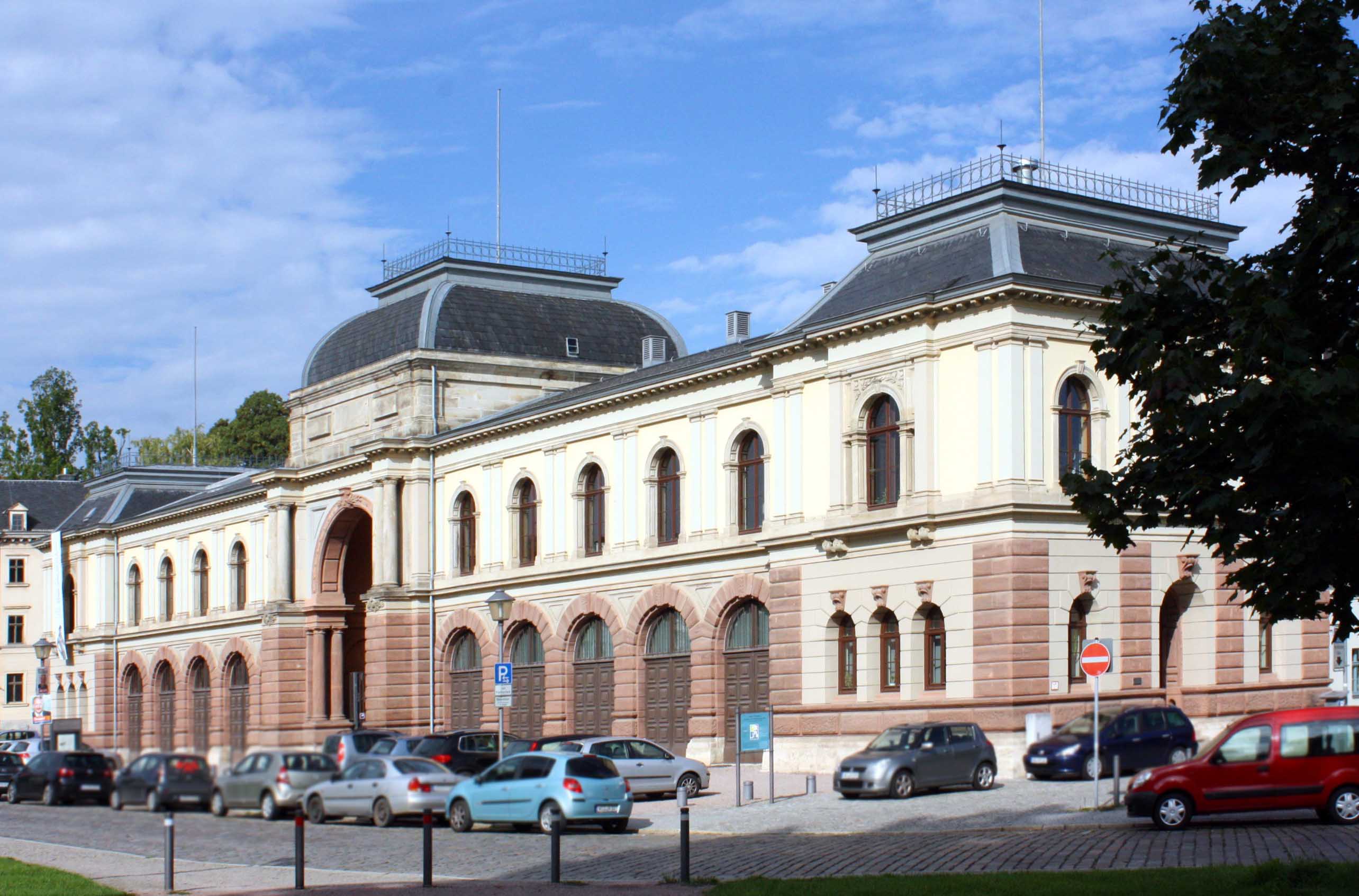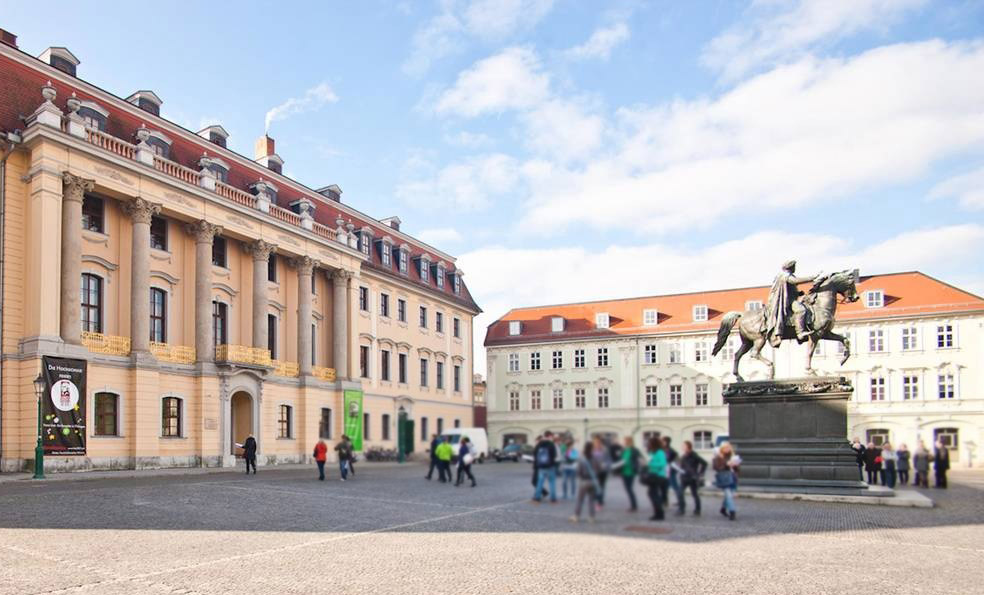Marstall Weimar
Audio Guide Marstall
Marstall is a historical complex of buildings located in the center of the city of Weimar. On the site of Marstall there were ancient stables and farm buildings since the 15th century.
In 1816, Duke Carl August commissioned the construction of three wings of the palace, which was completed in 1859. In 1873-1878, a residential stable was built, which became part of Marstall. For a long time, Marstall was used as a place for storing horses and other animals, as well as a place for storing wheeled vehicles and other means of transport.
Currently, Marstall is a museum that is managed by Klassik Stiftung Weimar. In it you can see an interactive and multimedia exhibition that tells about the history of the building. In Marstall you can also see a rich collection of works of art that are related to the life and creativity of Duchess Anna Amalia.
Interesting facts about Marstall:
- Marstall was used as a place for storing horses and other animals, as well as a place for storing wheeled vehicles and other means of transport.
- Since 1936, Marstall was used as Thüringer Zentrale der geheimen Staatspolizei, the political police of the Nazi era.
Other sights
-
Albert Schweitzer Denkmal
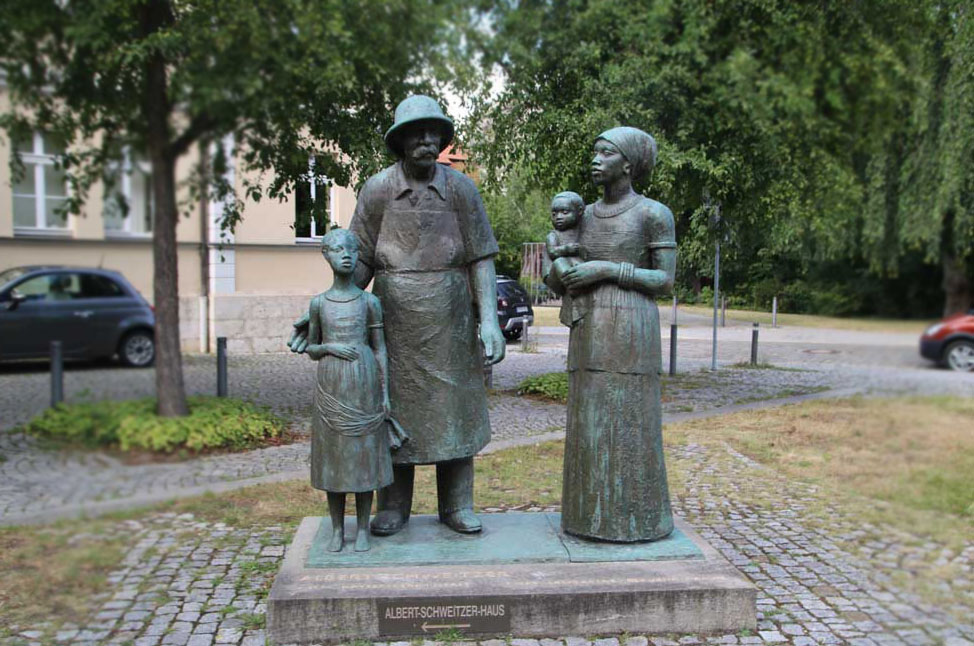
-
Altenburg (Franz Liszt)

-
Atrium & ehemaliges Gauforum
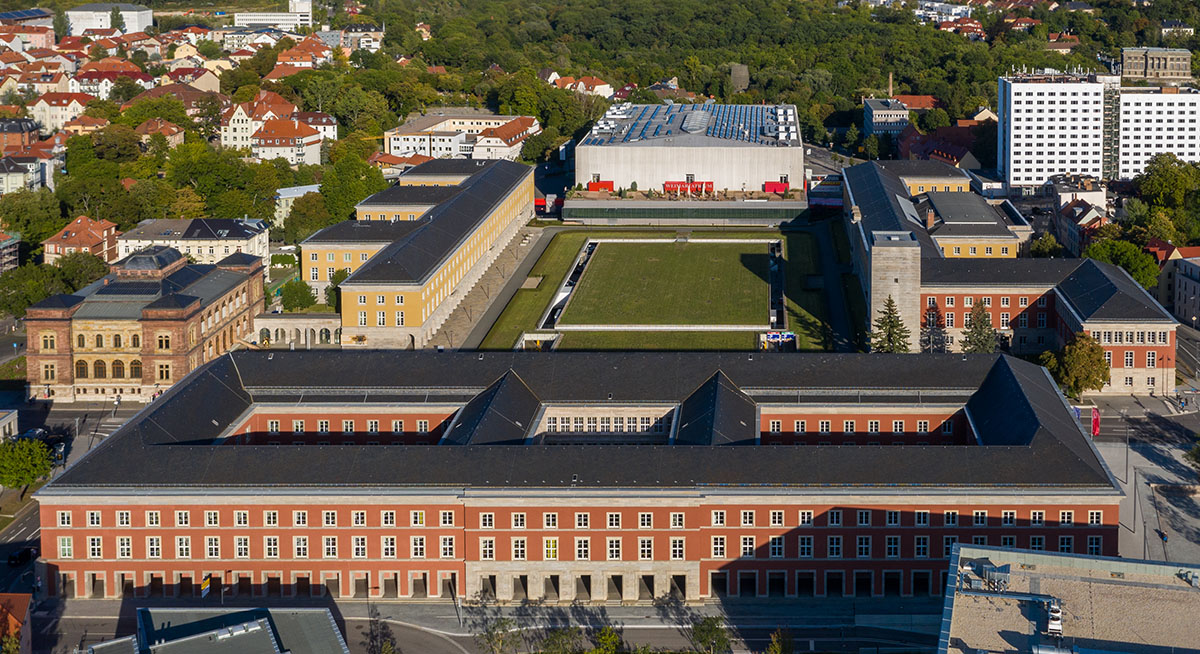
-
Bauhaus Universität (Henry van de Velde)
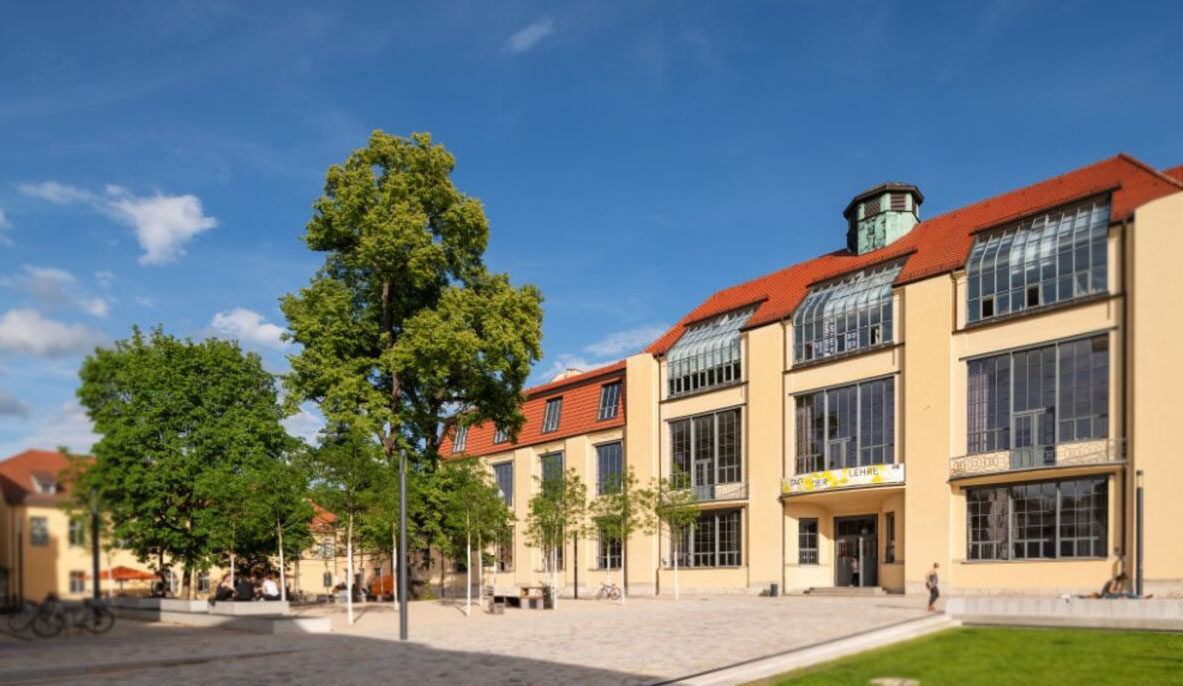
-
Bauhaus: Haus am Horn
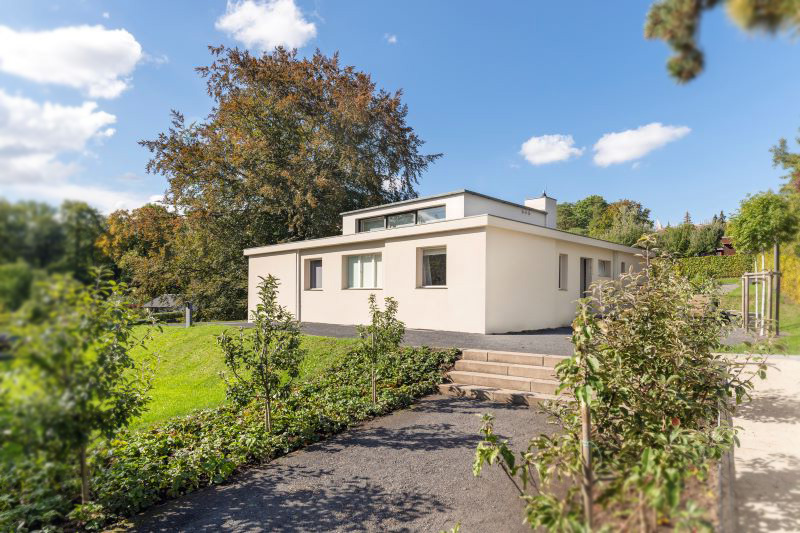
-
Carl Heinrich Ferdinand Streichhan-Kaserne
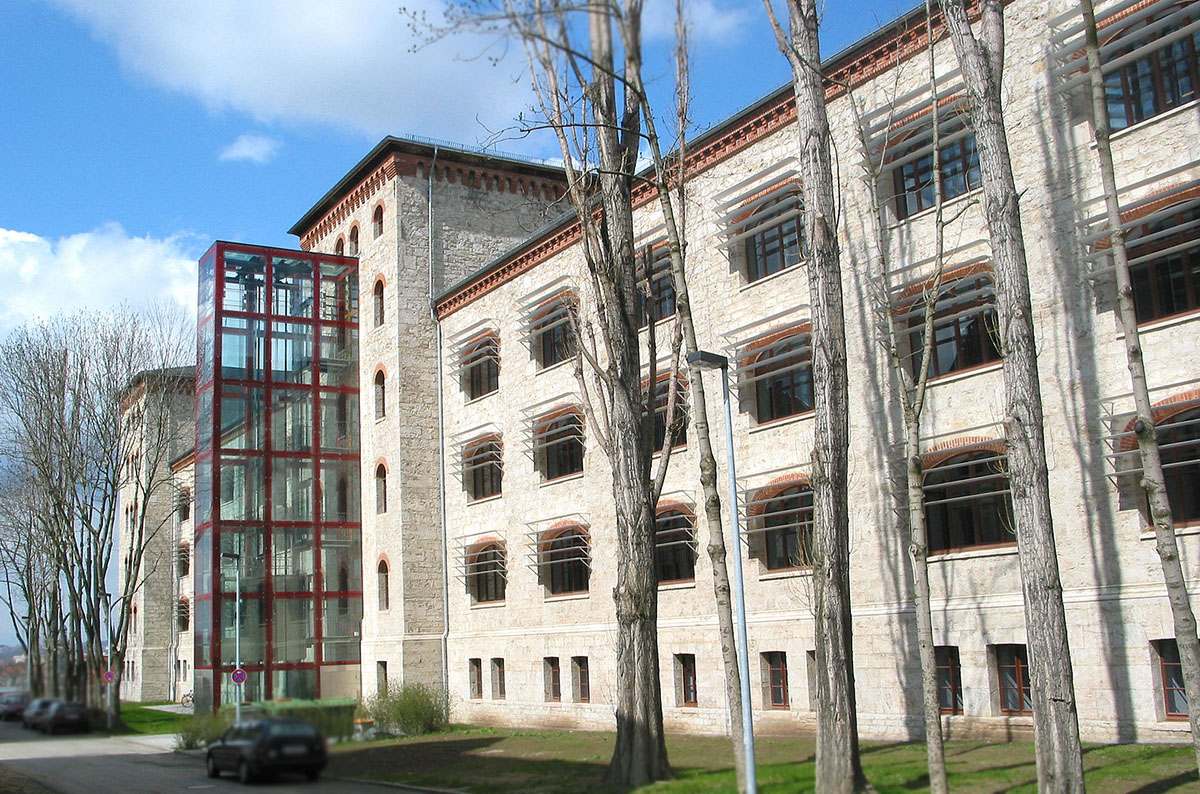
-
Cranachhaus
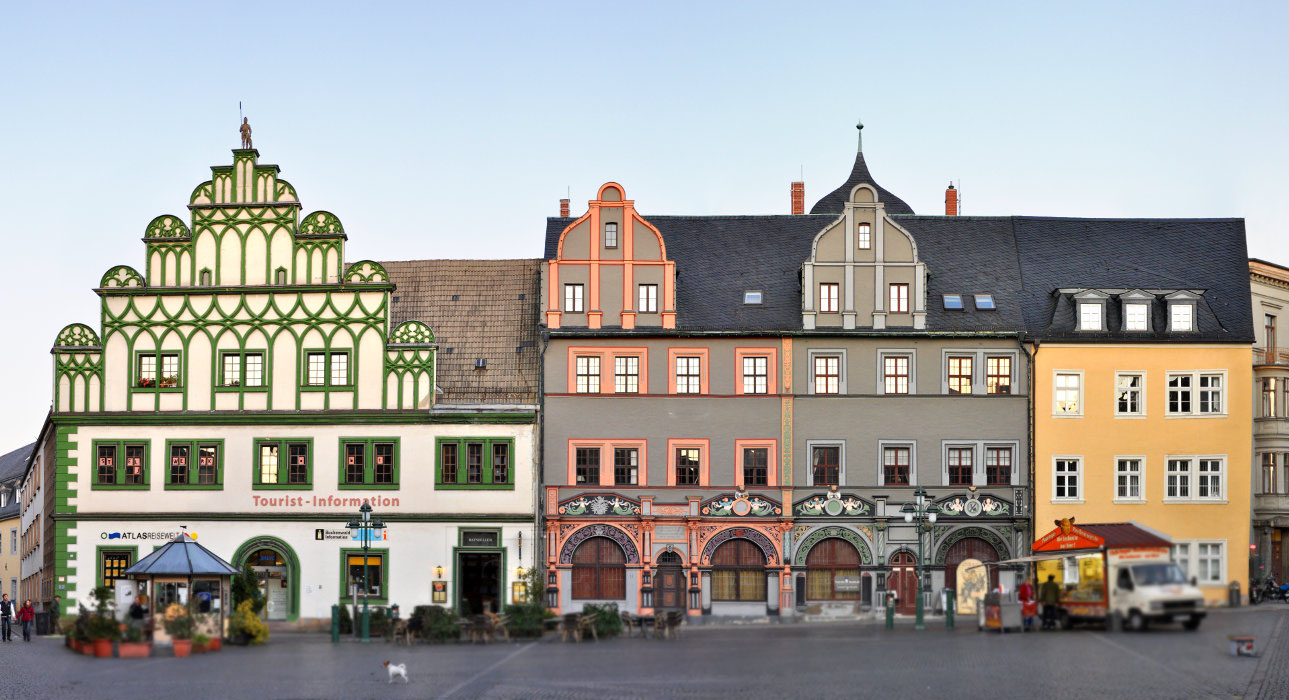
-
Denkmal Nepomuk Hummel
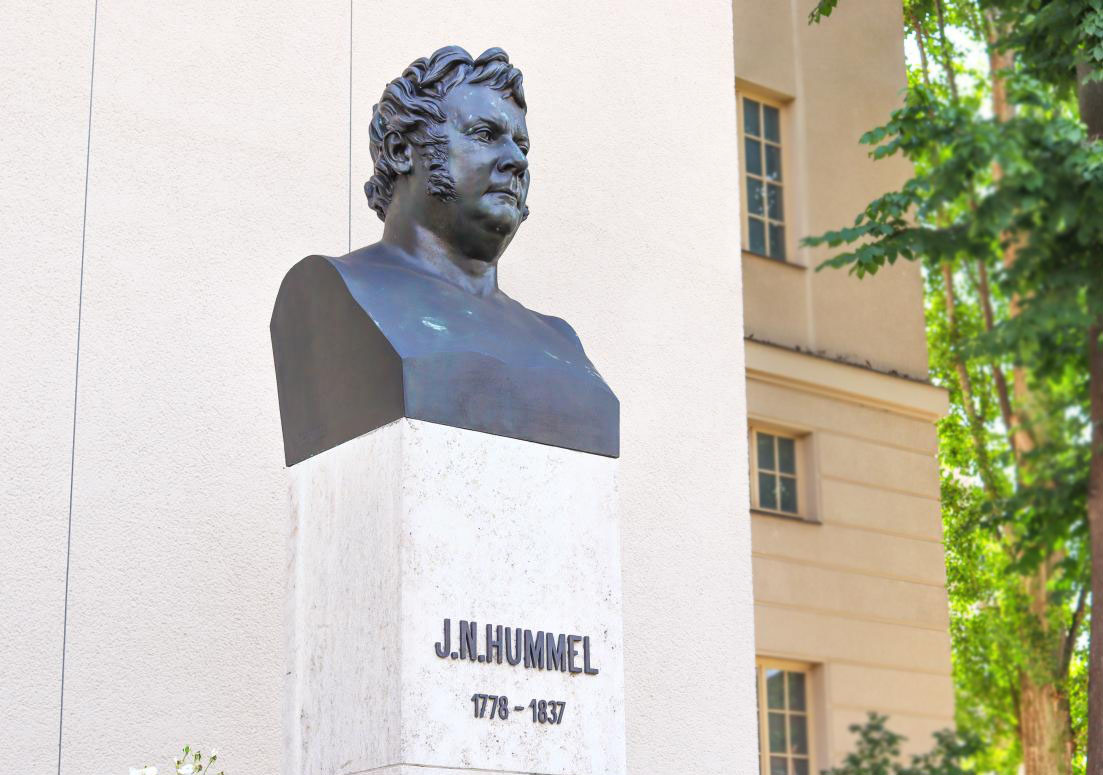
-
Denkmal Nepomuk Hummel und katholische Kirche
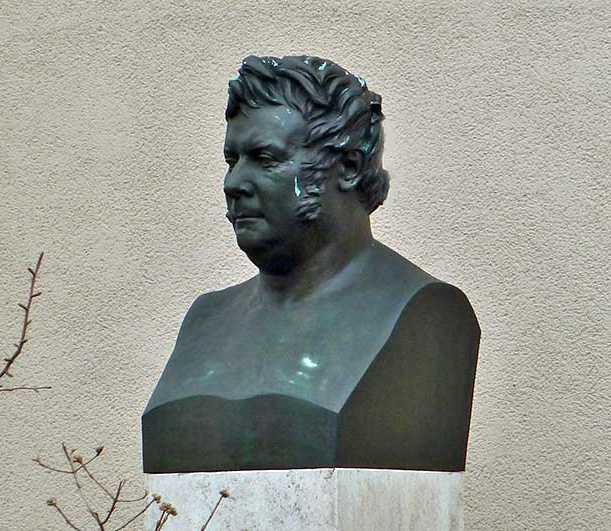
-
Deutsches Nationaltheater Goethe & Schiller Denkmal
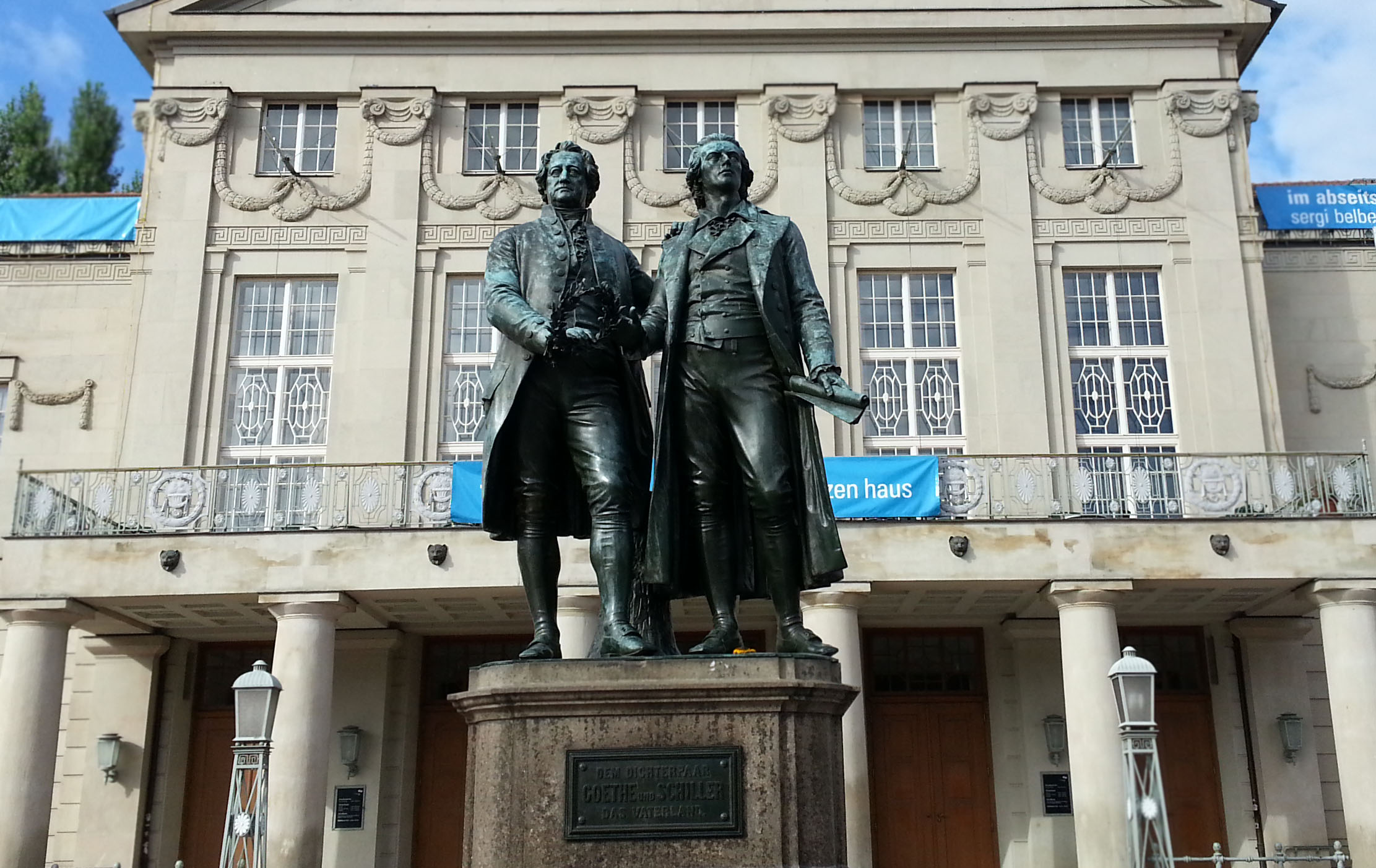
-
Ginkgobaum
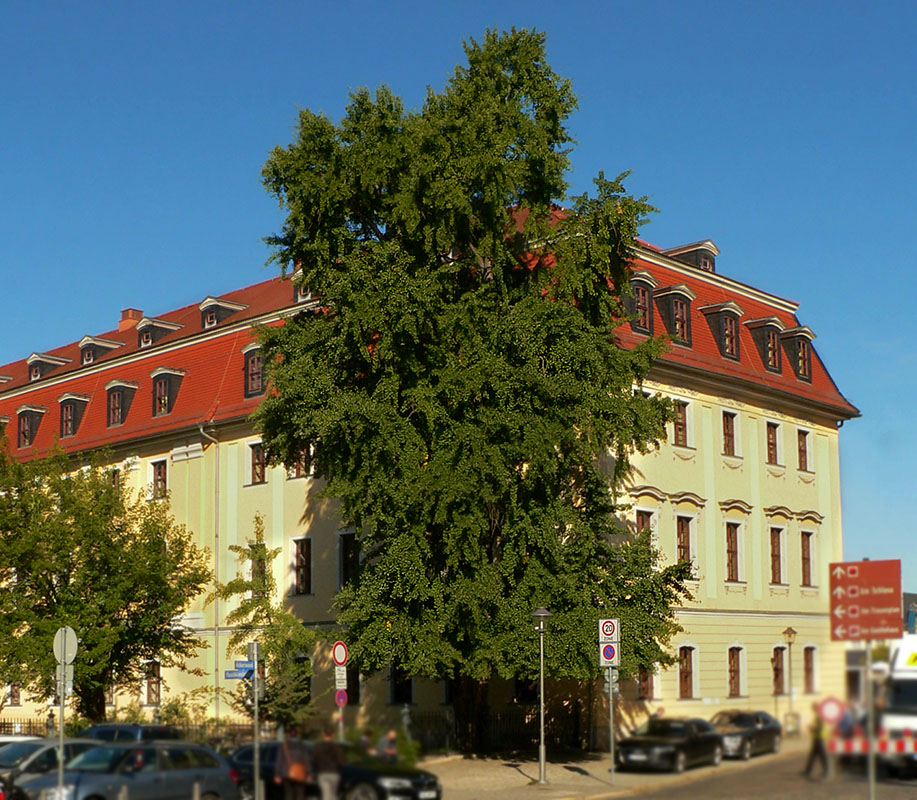
-
Goethe- & Schillerarchiv
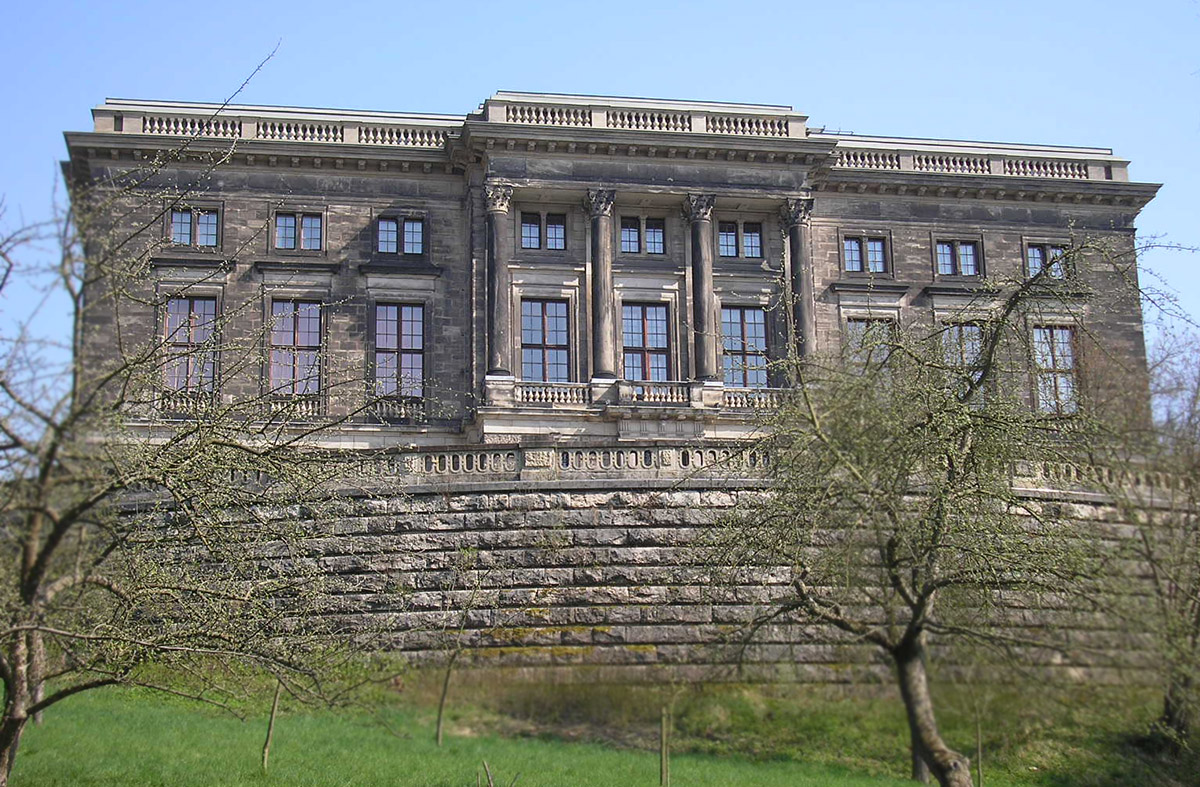
-
Goetheplatz mit Kasseturm & Stadtmauer

-
Goethes Wohnhaus
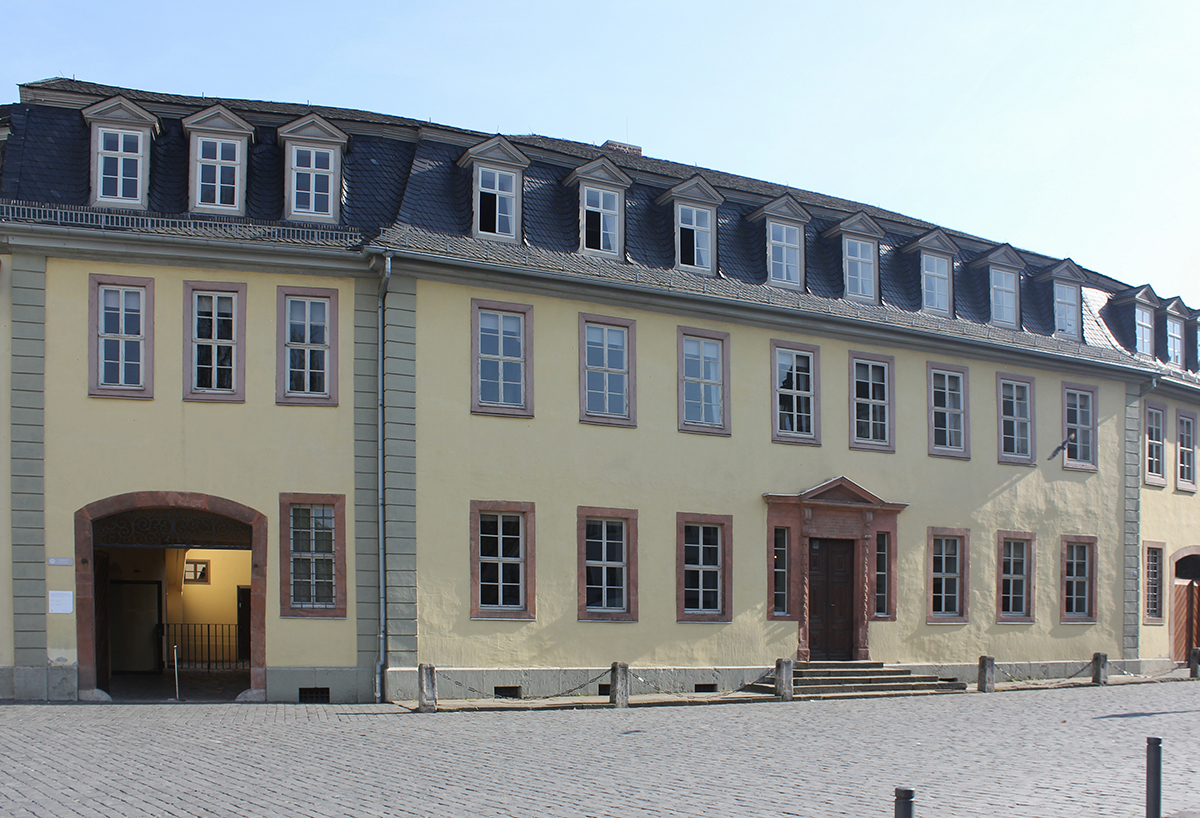
-
Haus am Horn
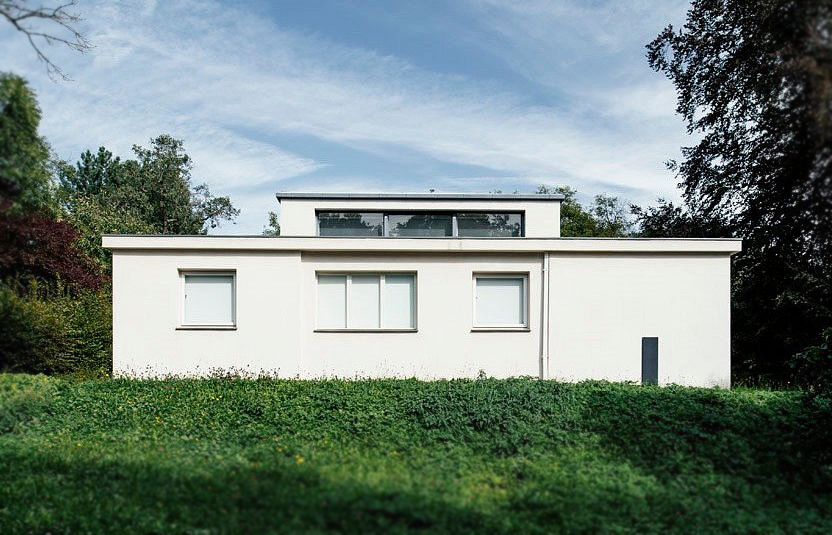
-
Haus der Charlotte von Stein
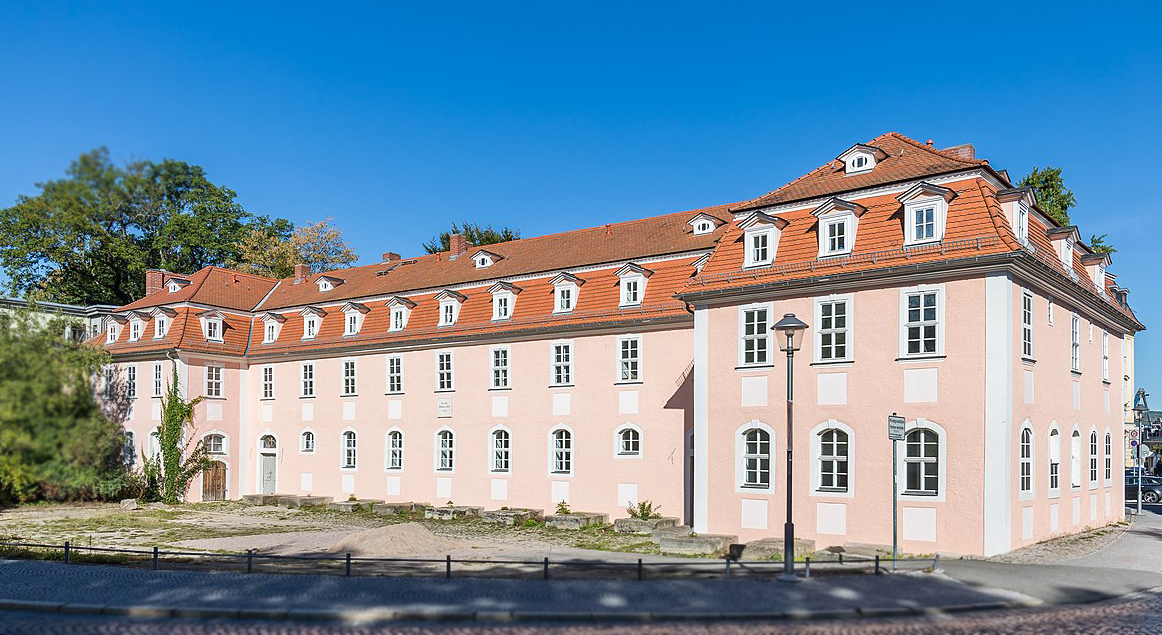
-
Herderplatz & Kirche St. Peter und Paul
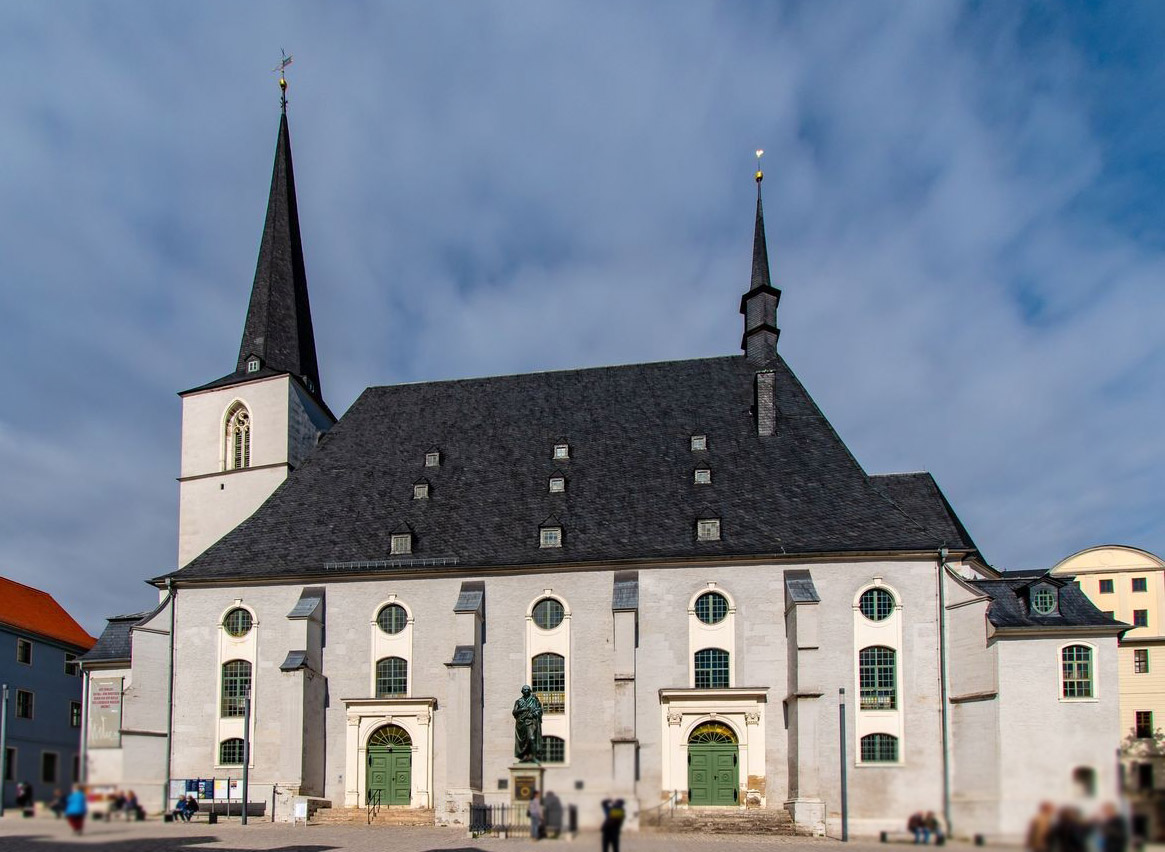
-
Herzogin Anna-Amalia-Bibliothek
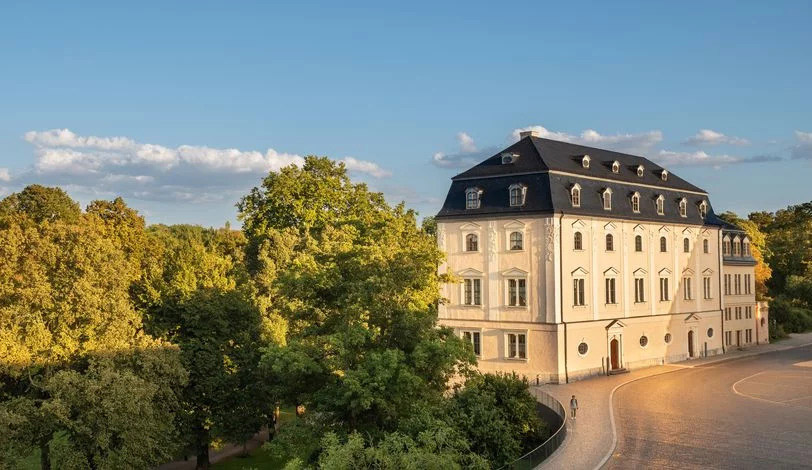
-
Historischer Friedhof
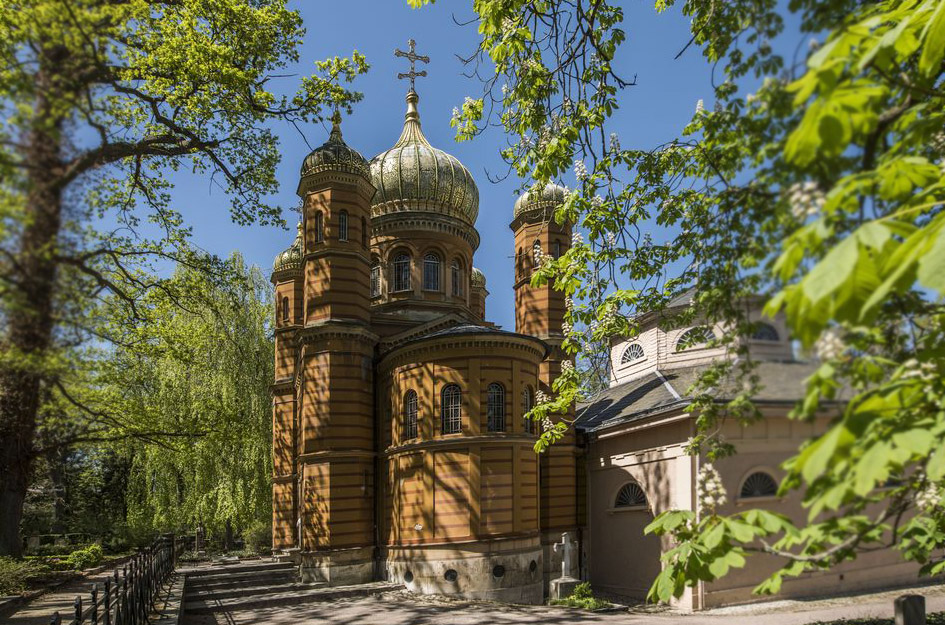
-
Hochschule für Musik Franz Liszt (Fürstenhaus)
-
J. G. Herder, Kirche St. Peter und Paul
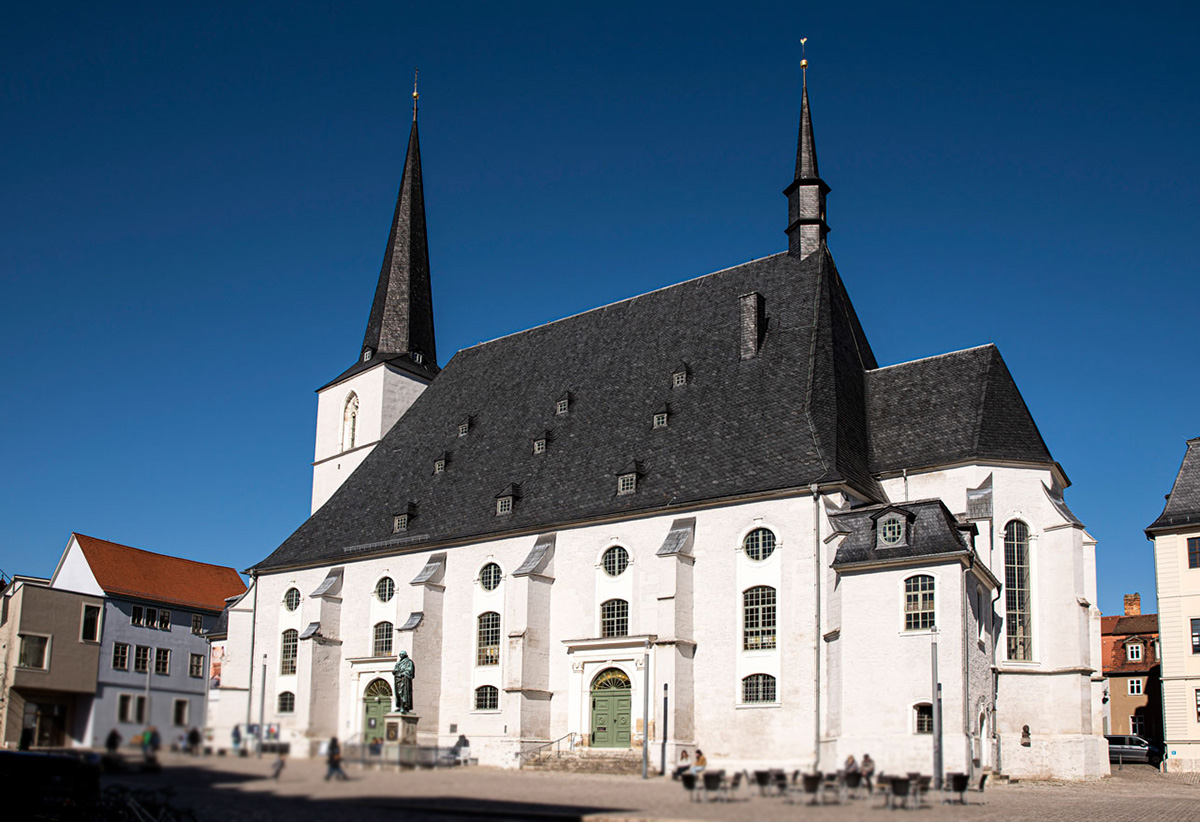
-
J. S. Bach in Weimar & Bachtafel
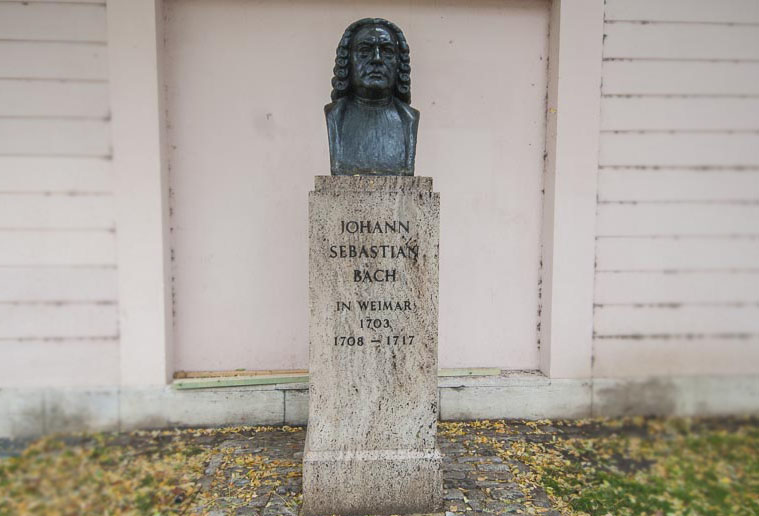
-
Katholische Kirche
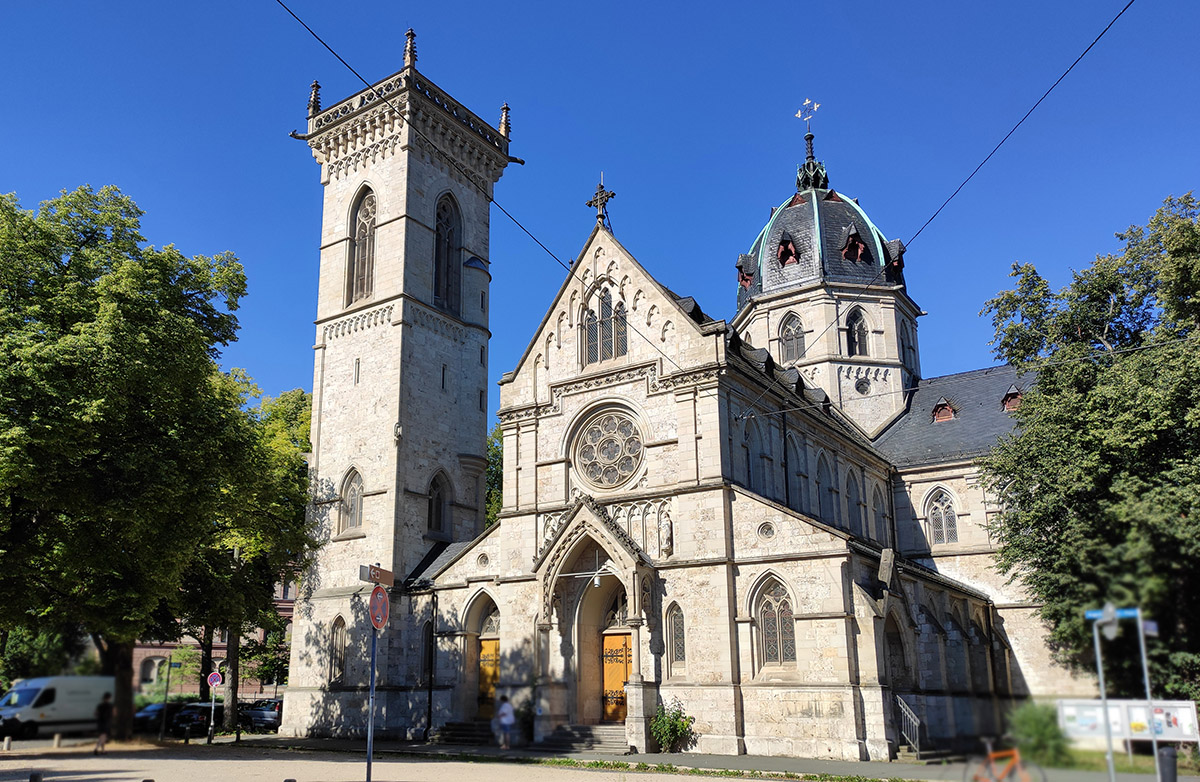
-
Landesmuseum
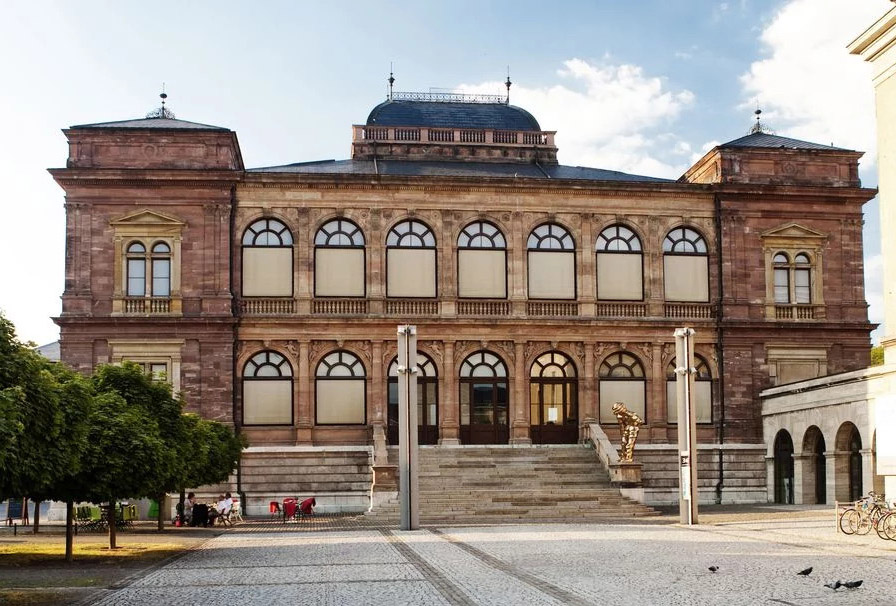
-
Liszthaus & Liszt in Weimar
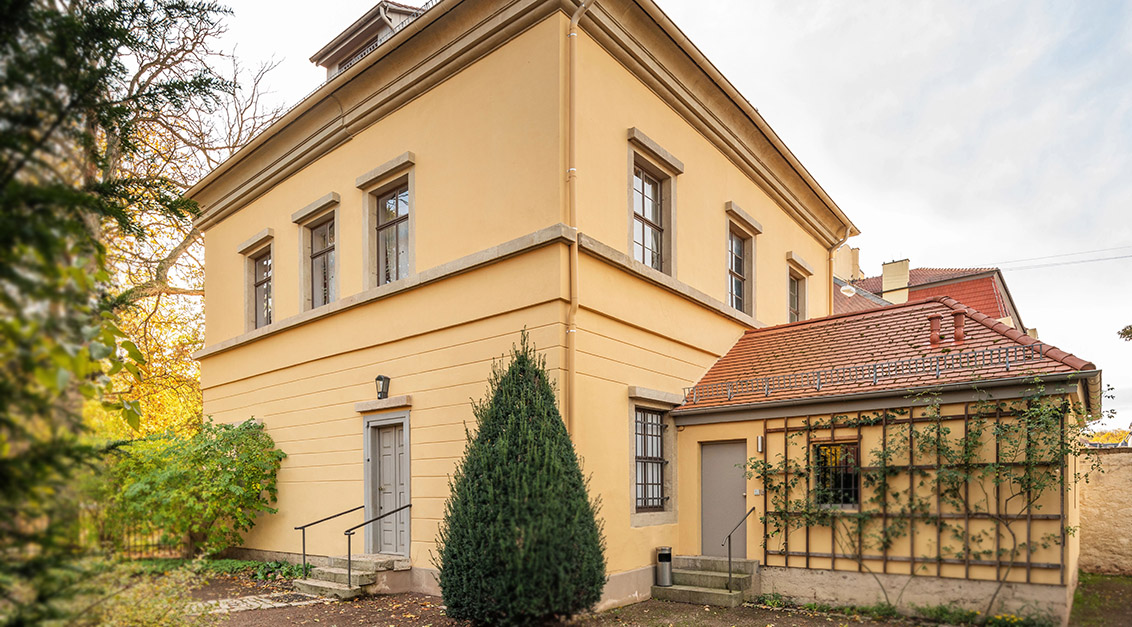
-
Markt
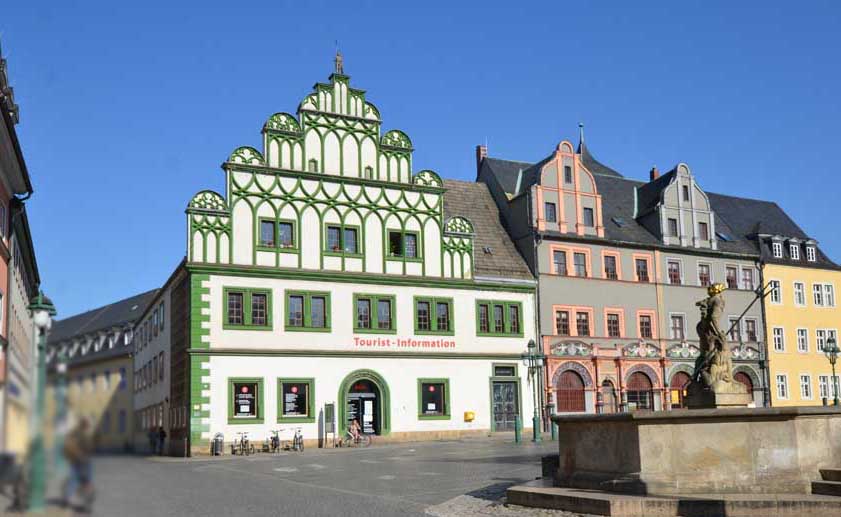
-
Marktplatz, J. S. Bach

-
Marktplatz, Rathaus, Cranachhaus
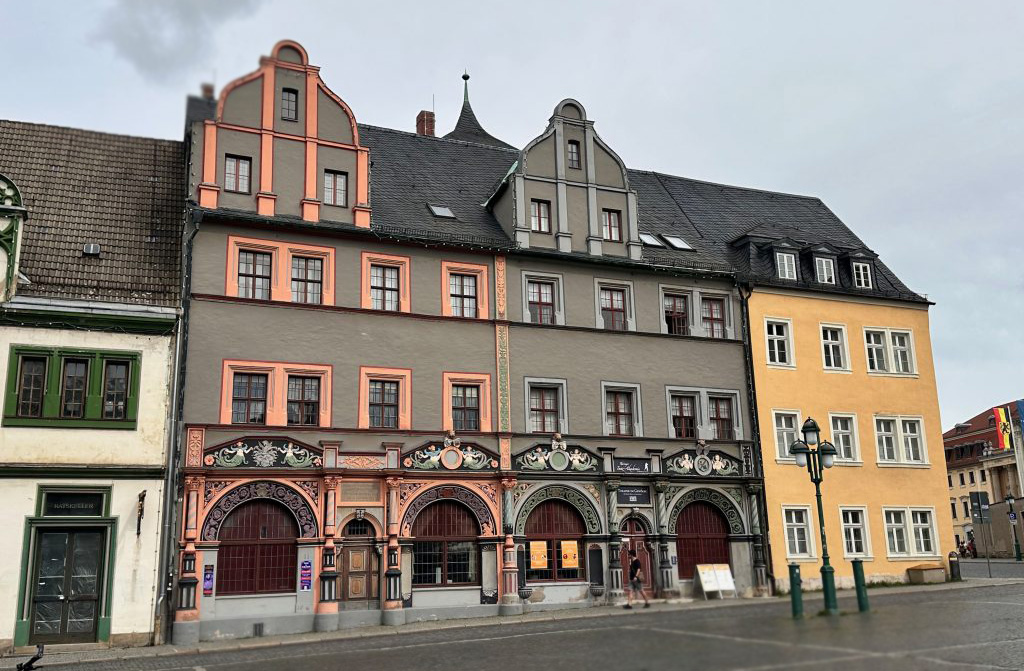
-
Modernes Weimar: Neues Bauen am Horn
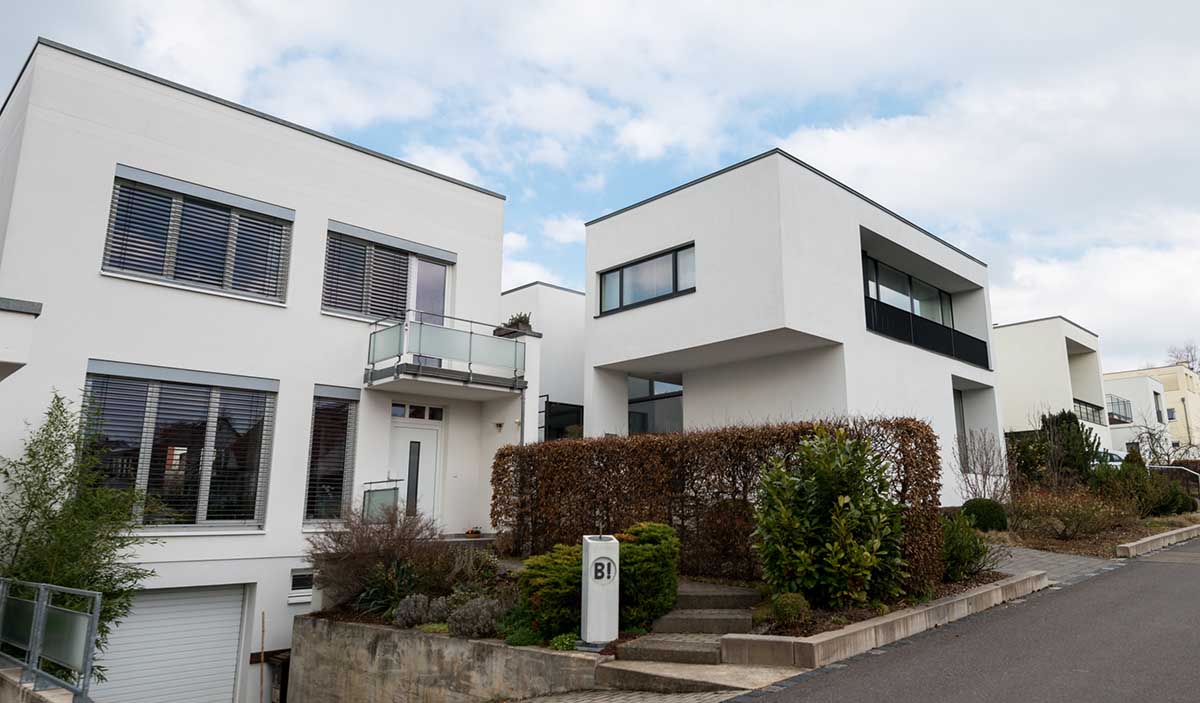
-
Neue Weimarhalle
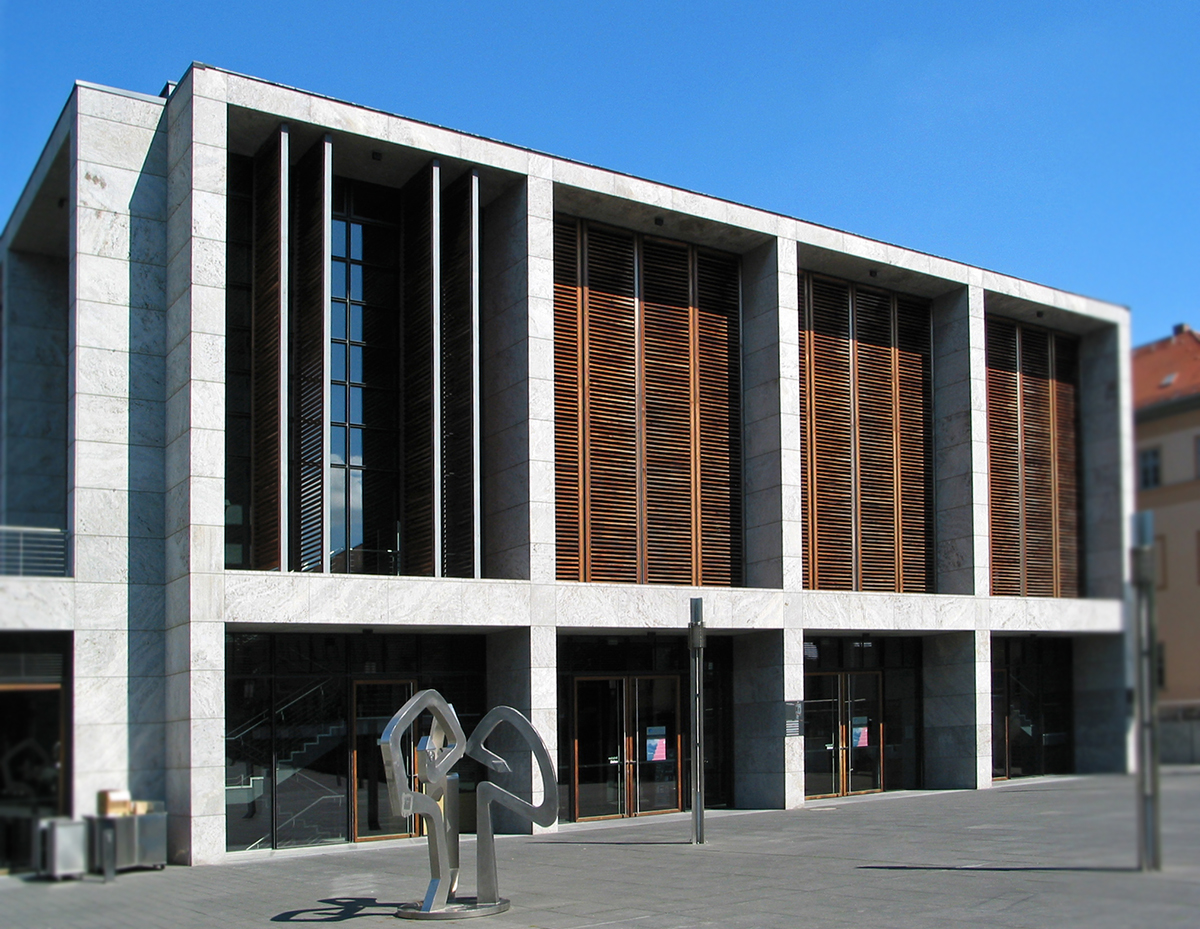
-
Neues Museum
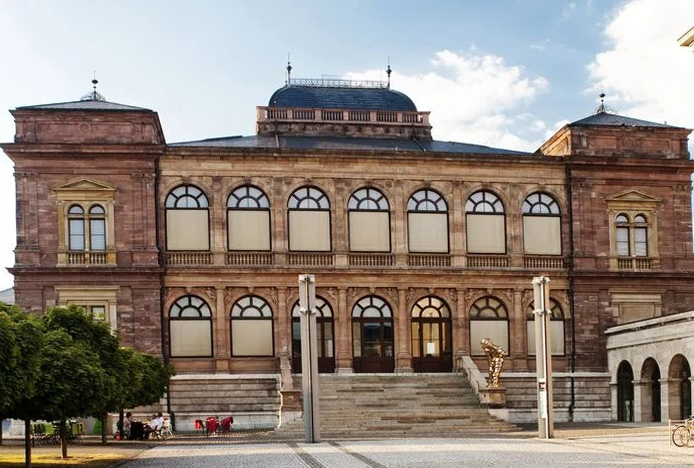
-
Parkhöhle

-
Platz der Demokratie (Fürstenplatz)
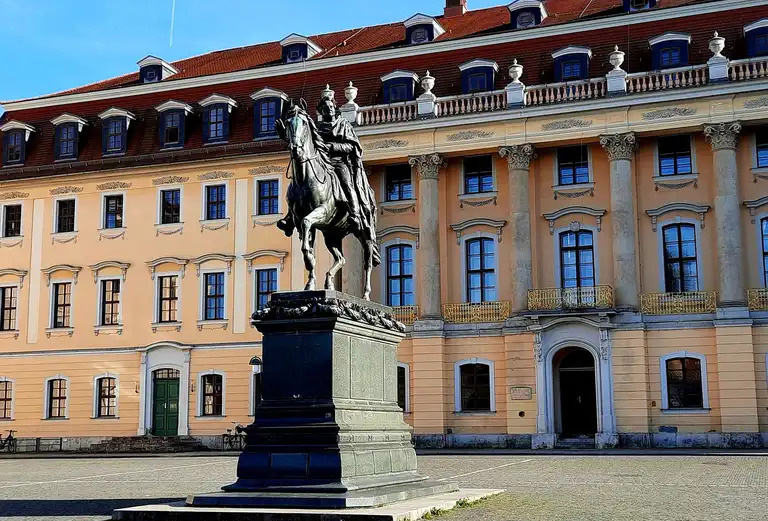
-
Platz der Demokratie, Anna Amalia Bibliothek
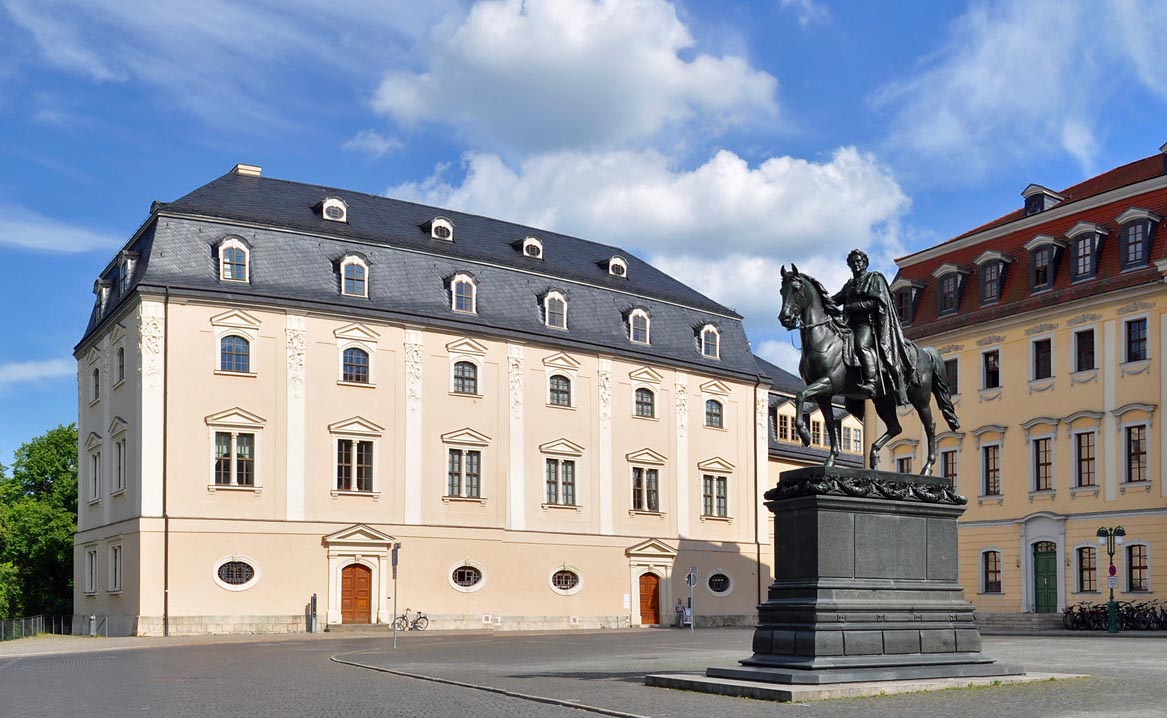
-
Rathaus
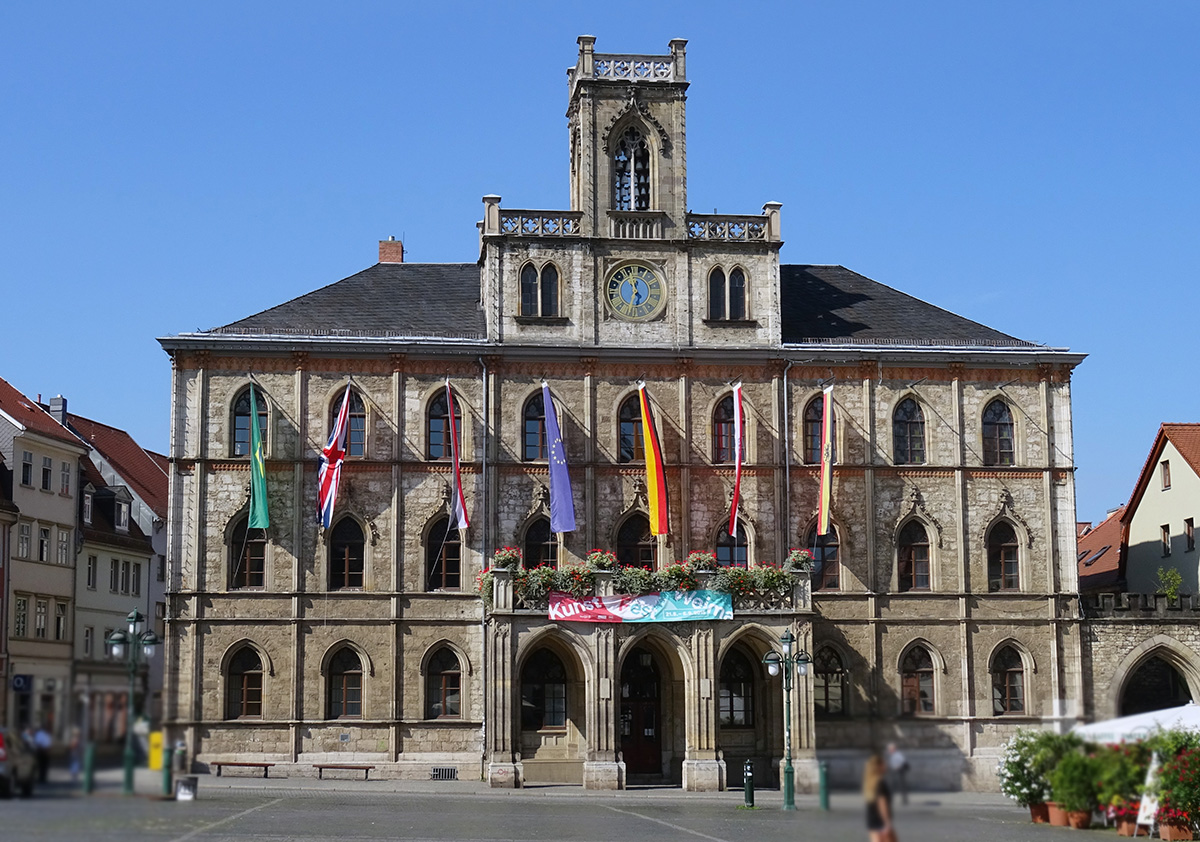
-
Reiterstandbild Carl August
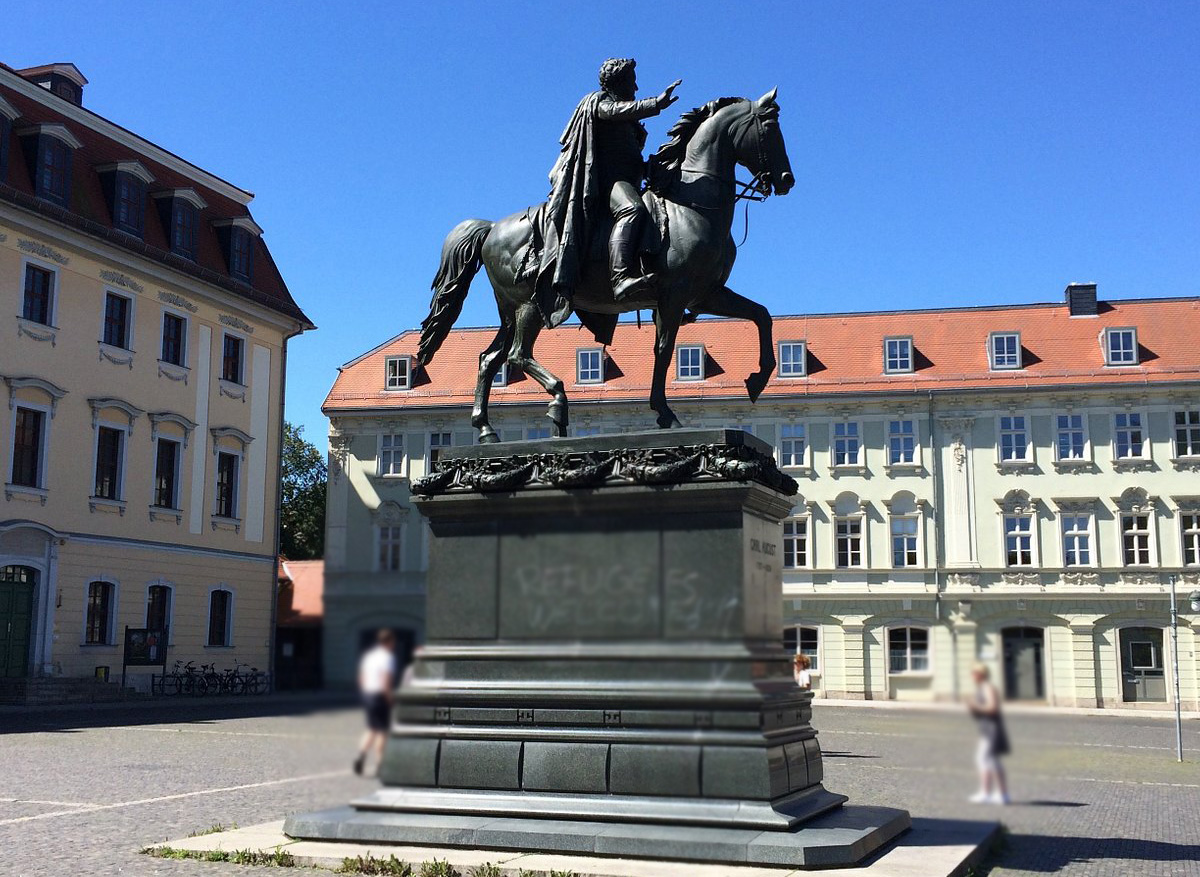
-
Römisches Haus (Carl August)

-
Schloss Belvedere
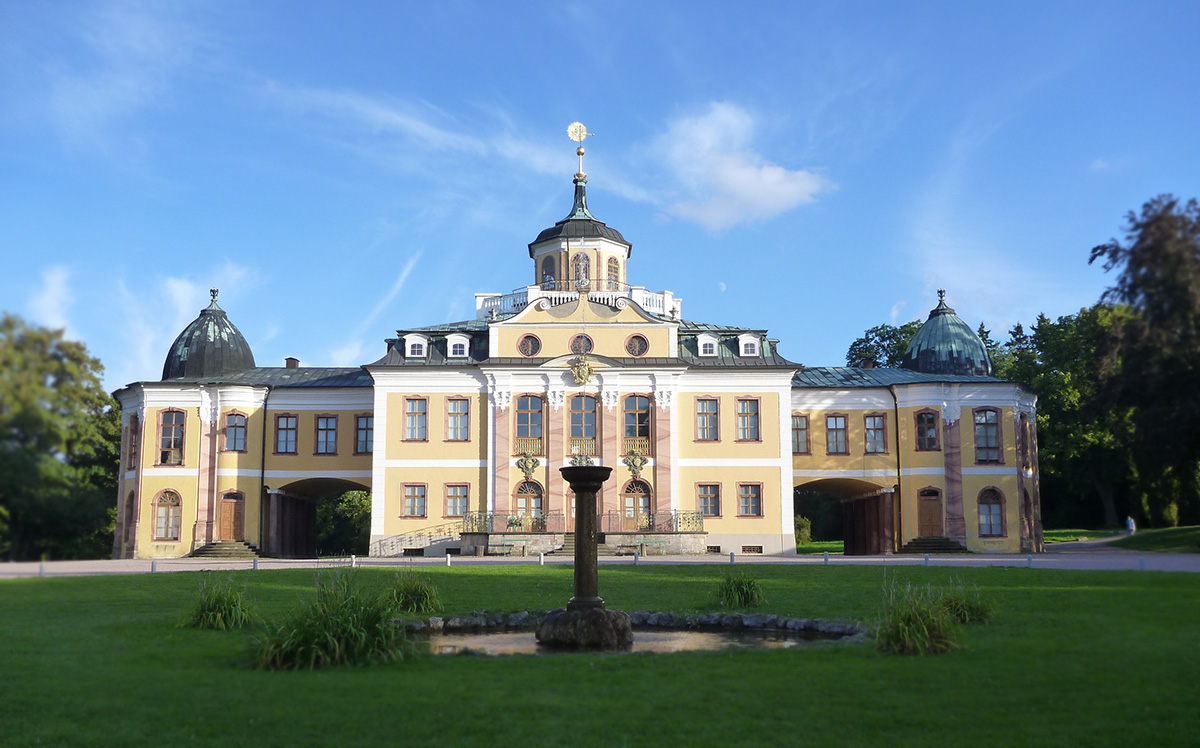
-
Stadtmuseum
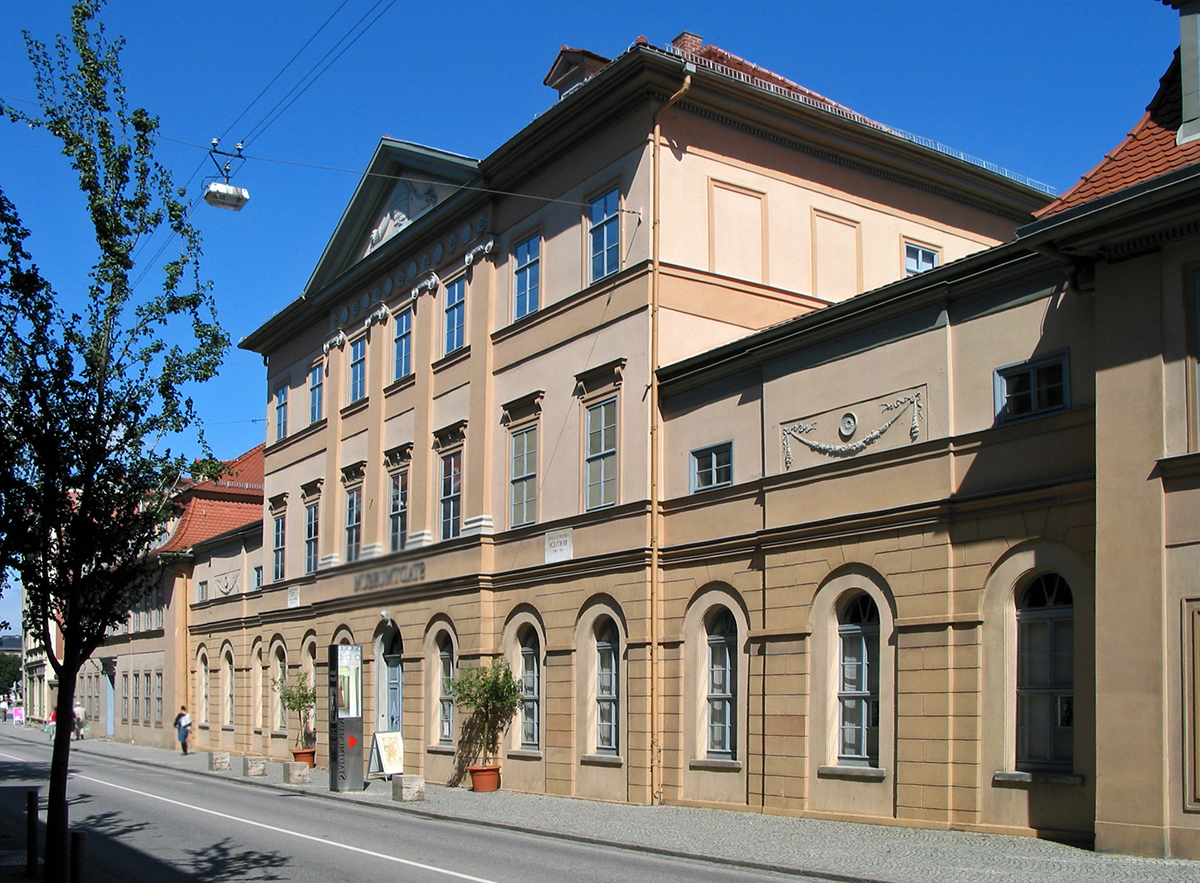
-
Stadtschloss
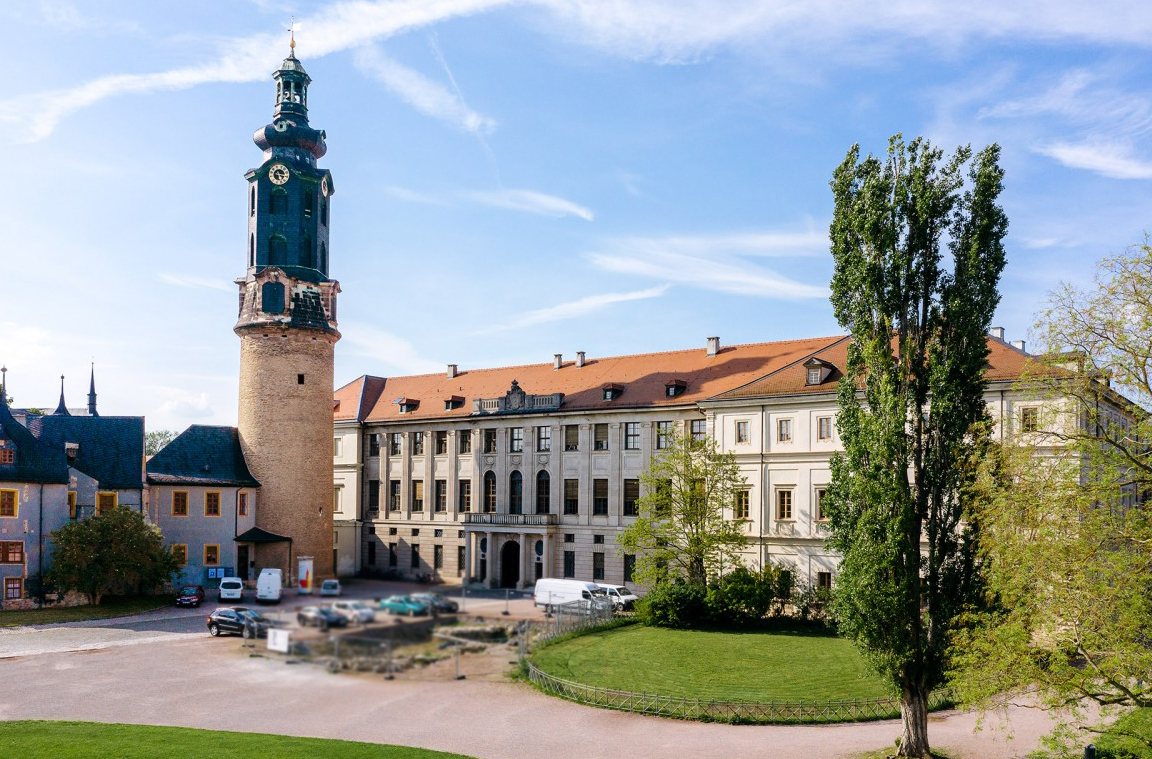
-
Standort Neues Bauhausmuseum
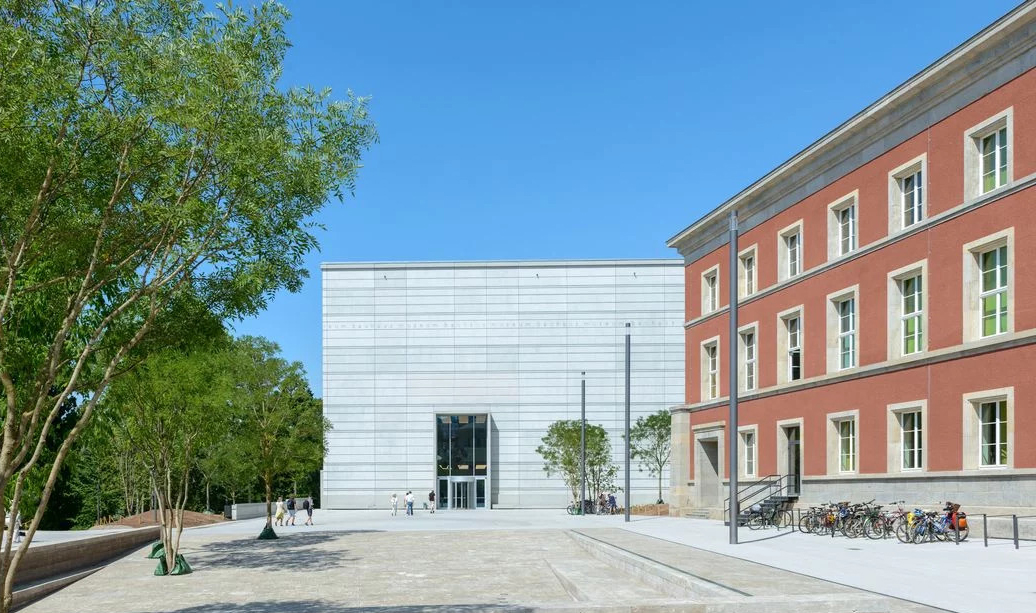
-
Villa Altenburg
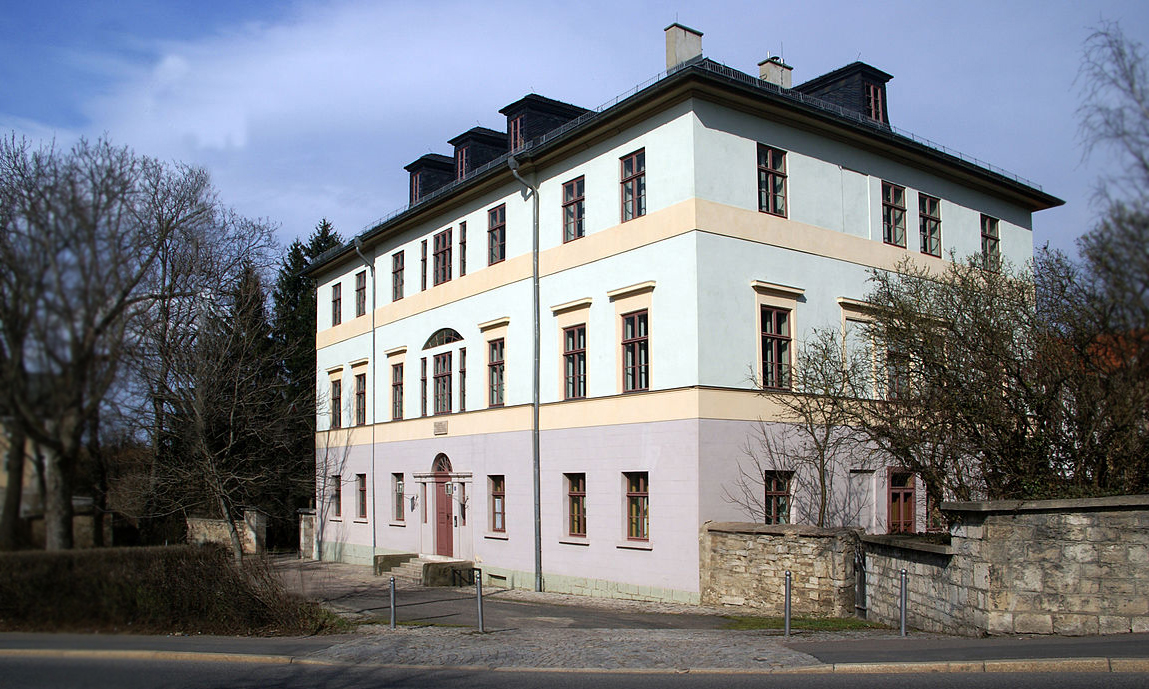
-
Welscher Garten
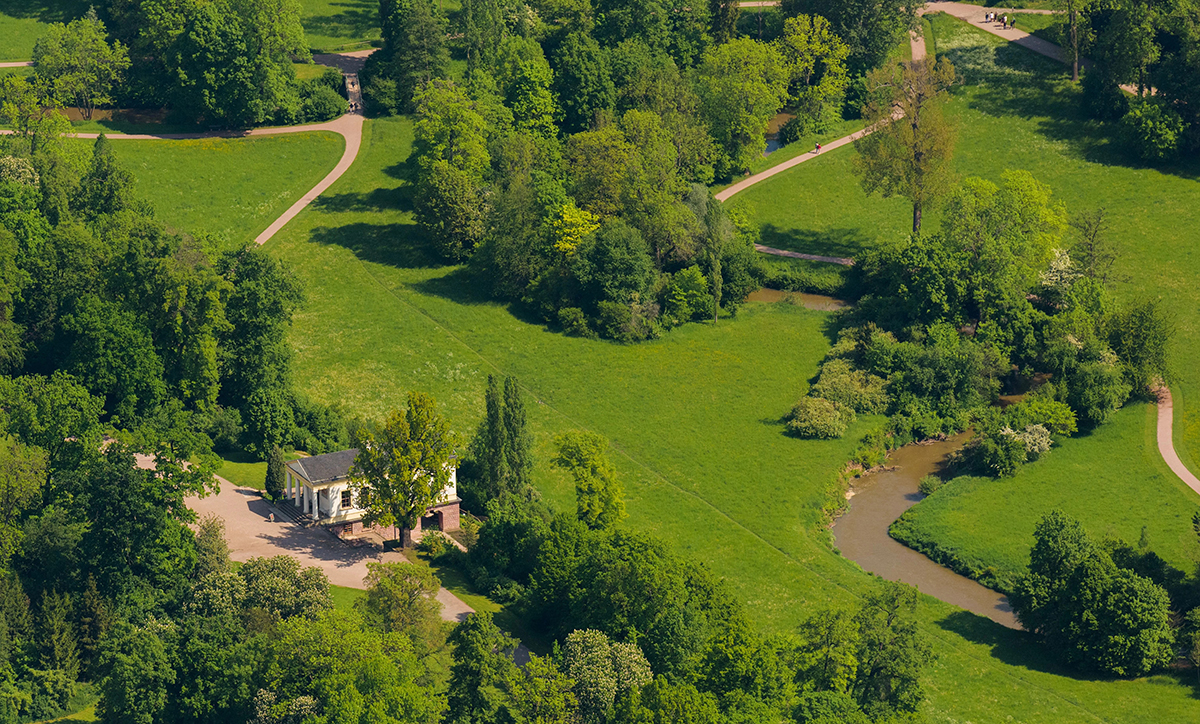
-
Wielanddenkmal
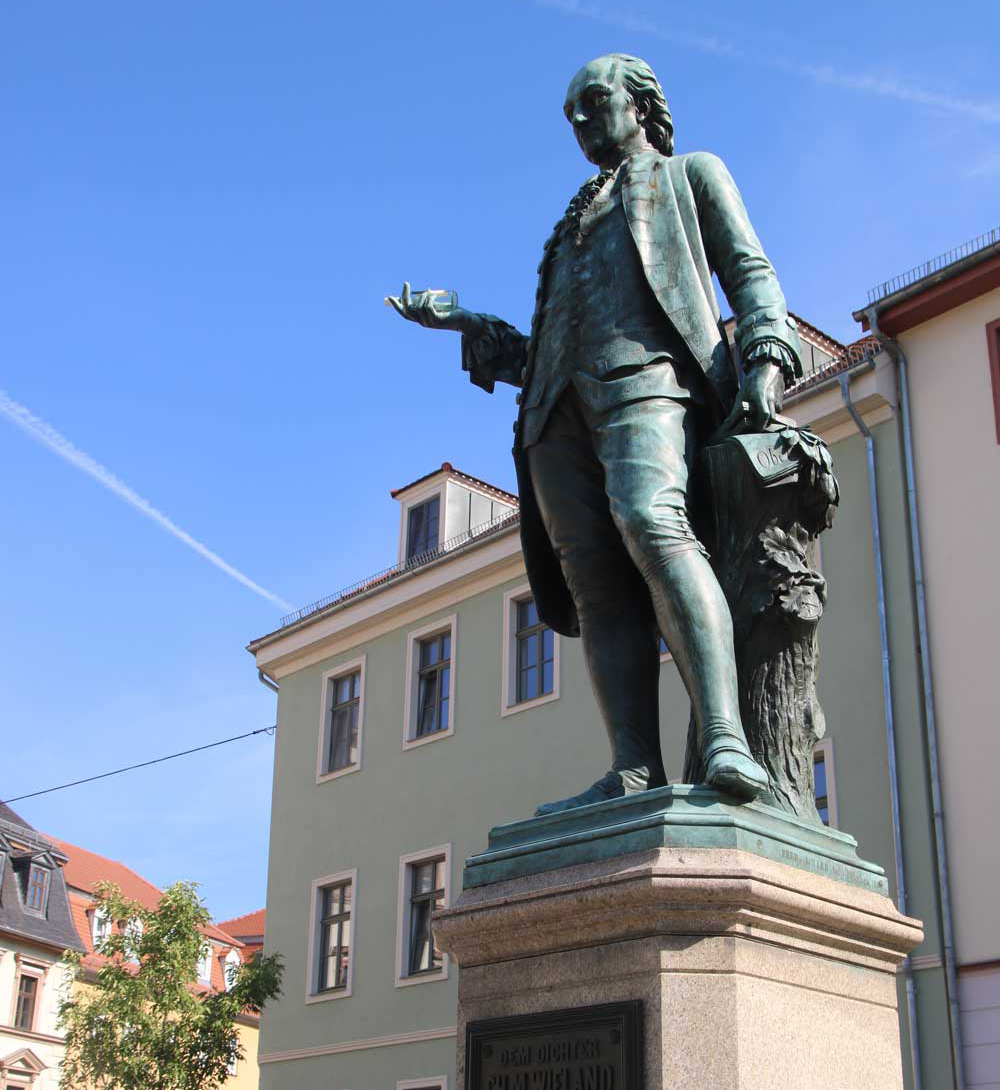
-
Wittumspalais

